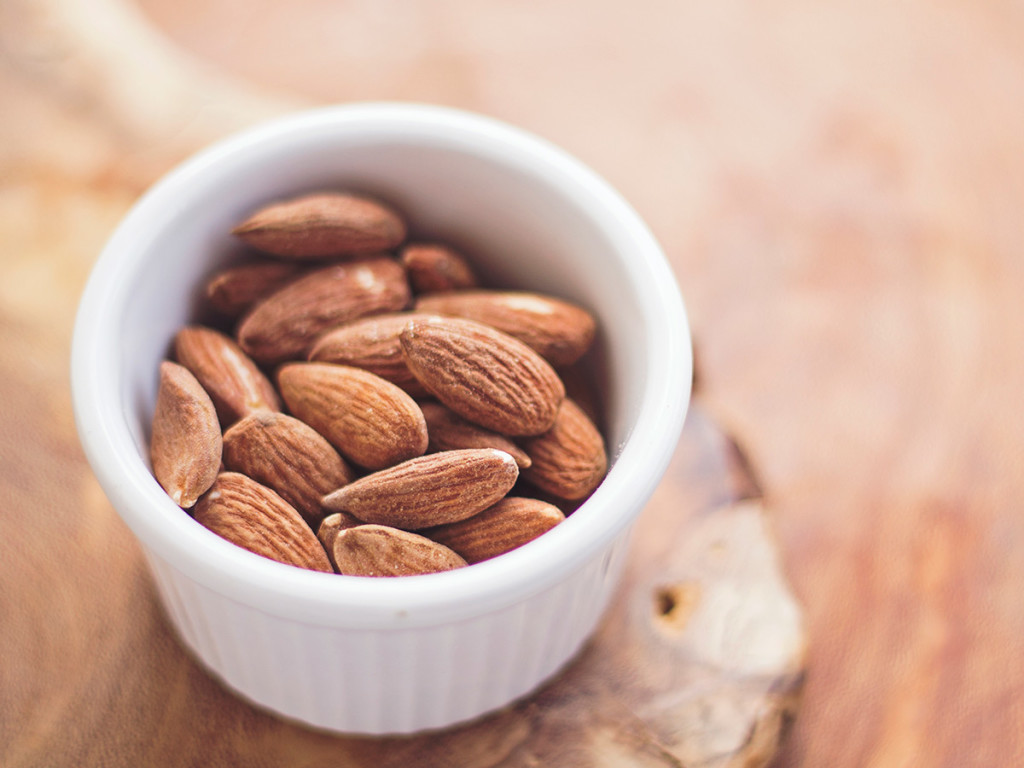As interest in health has grown immensely in recent years, different nutritional supplements are overflowing today’s health food market. We’ve all bought into the marketing gimmicks and the shiny packaging without really understanding what goes into these nutritional supplements. The sad fact is that we can consume most of our essential nutrients just with a balanced diet. If we paid a bit more attention to what we put in our mouth, we can say sayonara to the supplements we’ve been taking every morning and just be as healthy. To do that, we need to understand how we can protect our health with a balanced diet through some basic knowledge of the essential nutrients we need.
Everything we eat is composed of five essential nutrients: carbohydrate, fat, protein, vitamin, and minerals. Understanding how these nutrients work in your body will greatly help with how we prepare our meals. This is especially crucial for carbohydrates, fats, and proteins, as they contain 4kcal/9kcal/4kcal per gram respectively, making portion control that much more important.

<Carbohydrates>
First, carbohydrates are the source of all energy required for our brain and muscles to function, making it the most important nutrient for our body. While there are different types of carbohydrates, it can be largely classified into complex carbohydrates and simple carbohydrates. Due to the fact that it takes more time to dissolve and absorb complex carbohydrates than simple carbohydrates, complex carbohydrates are converted to fat relatively slower than simple carbohydrates, making them better choice for those seeking to lose weight.
Carbohydrates are easy to find in our diet, from flour in bread and pasta to even sweeteners in our beverages. Since they are so readily available in our daily lives, it’s even more important to be cautious about the amount we consume every day. Excessive consumption of carbohydrates can lead to excessive secretion of insulin in the pancreas, causing accumulation of fat and cholesterol that may eventually lead to diabetes, hypertension, hyperlipidemia, heart disease, and obesity.
<Fat>
Our second contestant is fat, which gets a bad rep due to its name as well as some common misconceptions. It is a major component of our brain and nerve cells, constituting all cell membranes and maintaining body temperature. Over-consumption of fat can induce abdominal obesity, but a certain amount of abdominal fat can protect our internal organs — now you have some excuse to not having rock-hard abs.
a certain amount of abdominal fat can protect our internal organs — now you have some excuse to not having rock-hard abs.
Fat can be classified into simple lipids, complex lipids, and derived lipids. Simple lipids can be sub-divided into saturated fatty acids, unsaturated fatty acids, and neutral fat. Simple lipids are the kind of “fat” that we commonly refer to as fat. Unlike these fats, there are essential patty acids (classified as unsaturated fatty acids) that cannot be biosynthesized or produced within our body, which we need to proactively include in our diet. While it’s true that excessive consumption of saturated fatty acids can lead to heart diseases or obesity, fat itself is an essential nutrient our body requires.
It’s better to consume fat from fish like mackerel, saury, tuna, and Spanish mackerel, which contains high levels of unsaturated fat compared to beef, pork, chicken, or dairy products that contain large amounts of saturated fat. You can easily find unsaturated fat in soybean oil, sesame oil, perilla oil, and olive oil, as well as in nuts like pine nut, walnut, and peanut, which are also high in nutritional value.

<Protein>
Out third item on the list is protein, an organic matter integrated by amino acids; 11 non-essential amino acids and nine essential amino acids, the later of which can be only supplemented through the consumption of food. Protein, like fat, can be consumed through meats, dairies, seafood, as well as vegetables like beans and nuts.
It is easy to simply consider protein as a component of the muscle, but it actually executes various functions in different forms. As collagen that maintains skin elasticity, protein is also an antibody that plays a crucial role in protecting our body against diseases. Moreover, protein composes red blood cells that transport oxygen throughout our body. When our body lacks carbohydrates, proteins can break down to generate energy in its place as well. It’s also responsible for hair and nail growth, and the production of hormones and enzymes.
Excessive consumption of fat soluble vitamins, however, can accumulate at toxic levels and can damage your organs. Water soluble vitamins, on the other hand, is not stored in our body but released through urine, so taking a decent amount won’t do much harm. However, there have been studies that suggest that excessive amounts of even water soluble vitamins can lead to some issues like kidney stones, so exercise moderation.
Although vitamin cannot by itself be an energy source, it is involved in the oxidation of carbohydrates, fats, proteins, as well as the production of energy. As vitamins promote functional regulation, nervous regulation, physiological regulation, and brain activity by enabling the efficient use of the aforementioned three essential nutrients, it is a vital nutrient for our body.

<Minerals>
Last but not least, the fifth nutrient are minerals, which refer to the leftovers from completely burning all foods that cannot be dissolved by heat, light, acid, or alkaline. There are 40 kinds of minerals that we need and they can be divided into bulk minerals and trace minerals, depending on the amount required by body. The basic function of minerals are to regulate the balance of acidity in our body, and to promote the breakdown of proteins, carbohydrates, and fats. They also prevent dehydration by accumulating body fluids through water regulation, acting as essential components in our body.
Vitamins and minerals cannot be consumed by eating specific food items, but are evenly distributed in meat, seafood, fruits, and vegetables, which makes it difficult to be selective about how you supplement them. This is why we recommend developing a habit of eating a balanced meal that includes a healthy portion of vegetables and seasonal fruits to prevent uneven distribution of carbohydrates, fats, and proteins.
<Conclusion>
We hope this comprehensive overview of the five essentials nutrients have motivated you to eat a healthier diet. Not only do they aid in sustaining all activities in our body, our body is made of up this stuff, making everything that we put in our mouths that much more important. What’s more, all of these nutrients can be consumed by eating a healthy balanced meal, without the need for supplements — something to think about next time you pass by the GNC at you local shopping mall.

